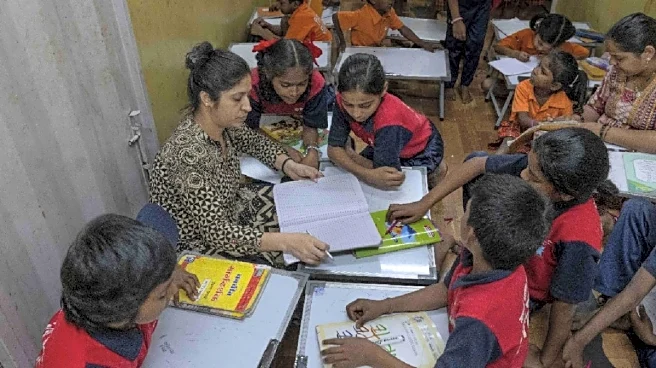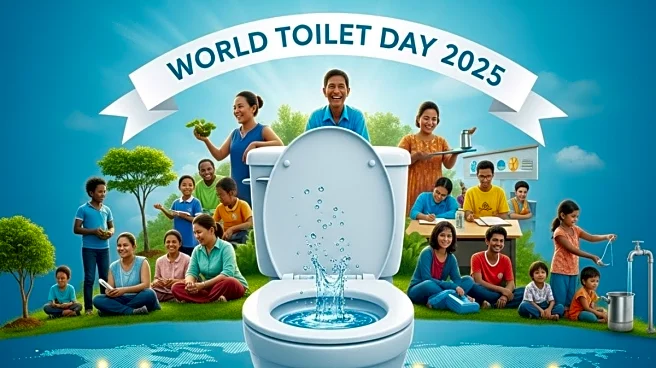The purpose of this day is to encourage people to take steps or make efforts to improve the lives of the billions of people around the world who don't have access to clean, safe toilets.
World Toilet Day 2025: Theme
Every year, UN-Water - the UN's coordination mechanism on water and sanitation - sets the theme for World Toilet Day. This year, the UN has chosen the theme ‘Sanitation in a Changing World.’
The purpose of this theme is to build toilets and sanitation systems that are safe and able to meet future challenges like climate change, growing populations, and ageing infrastructure.
“It reminds us that no matter what the future holds, we'll always need the toilet,” said the UN.
History
World Toilet Day started as an awareness day in 2001 by the Singapore-based World Toilet Organisation, created by Jack Sim. However, it became a UN-recognised day in 2013.
The goal is to make sure sanitation systems can handle current and future challenges. “No matter what lies ahead, one thing will stay constant - our need for safe sanitation,” said the UN.
Significance
The campaign focuses on the importance of future-ready toilets. This means focusing on toilets and sanitation systems that are accessible to everyone, climate-resilient, low-emission, and well-supported by strong systems and investment.
Sanitation is a human right that is necessary to save the environment, promote sustainable development, and protect human health. Today, billions still live without a safe toilet, with the poorest, especially women and girls, most affected.
World Toilet Day: Key facts
Approximately 3.5 billion people do not currently have access to sanitary services that are properly managed.
The International Water Management Institute estimates that 419 million people still defecate outside, which contributes to high rates of illness.
Every day, over 1,000 children under five die from contaminated water, poor hygiene, and inadequate sanitation.
Methane emissions from sewage pose a hazard to coastal sanitation infrastructure and services by worsening glacier melting, thus contributing to global sea level rise.
According to WHO/UNICEF data, 3 billion people may still not have access to safe toilets by 2030.
1.7 billion people still lack basic hygiene services, including 611 million with no facility at all.
/images/ppid_59c68470-image-17635375308773367.webp)










/images/ppid_59c68470-image-176344755969487762.webp)

